The building of the original Shannonbridge Power Station in Co Offaly in the early 1960s was the third major development undertaken in the midlands as part of the then government's vision for not only creating employment in the region but dealing with an international oil crisis.
Authors Owen Denneny and John P Larkin, in their book 'A Path Through the Bog', published in 1995, said the late taoiseach Sean Lemass saw a solution that would resolve both the fuel and the job crisis.
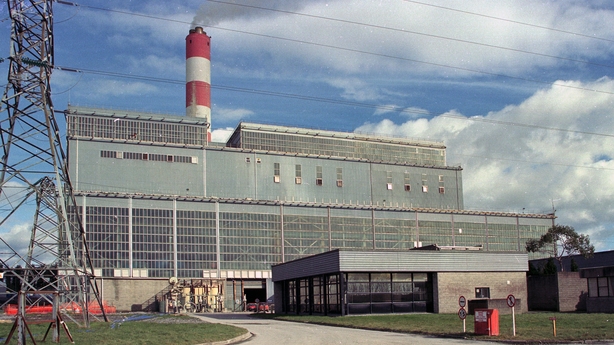
It was with this in mind that he had appointed a Board of Directors with Todd Andrews as Managing Director of Bord na Móna over ten years previously. "Their brief was to produce sufficient turf to supply Dublin with alternative fuel to substitute for coal, which we could no longer import, due to the war. They called this board, 'The Turf Development Board', and it would later extend to other counties," Larkin and Denneny wrote.
"There was a plentiful supply of manpower available, but accommodation posed a problem and so the turf camps came into being as a solution to that problem," the authors recall.
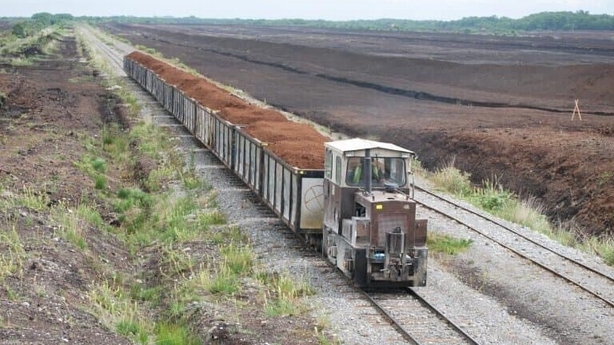
After building new power stations subsequently in Portarlington, Allenwood and Lanesborough, Shannonbridge was commissioned in 1965 with the peat being supplied to the station from the nearby Blackwater Bog and being transported across the Shannon from the Clonfert Bog in Co Galway.
Brendan Coughlan from Clonfert worked for over 40 years on the Bord na Móna bogs in that region, said "the arrival of the power station and Bord na Móna brought wealth to the region" recalling that beforehand there was less than a handful of cars in the church car park in the area and after their arrival new cars became a common sight in the district.
"It's difficult to explain to people now-a-days the scale of the transformation that took place," he said.
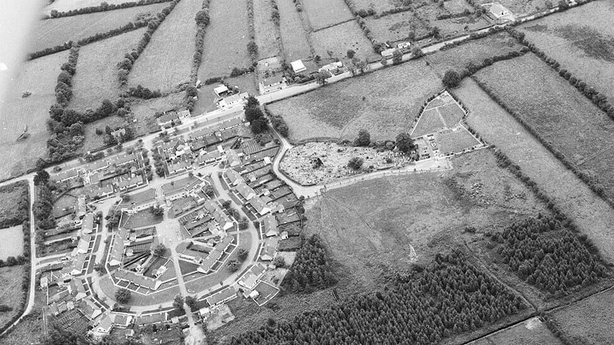
Bord na Móna built housing estates and created new communities and were paid by the ESB for delivering thousands of tons of peat and turf to the new power station in Shannonbridge.
This week's shut down of production at the West Offaly Power Plant will have significant economic repercussions for not just Offaly but three adjoining counties.
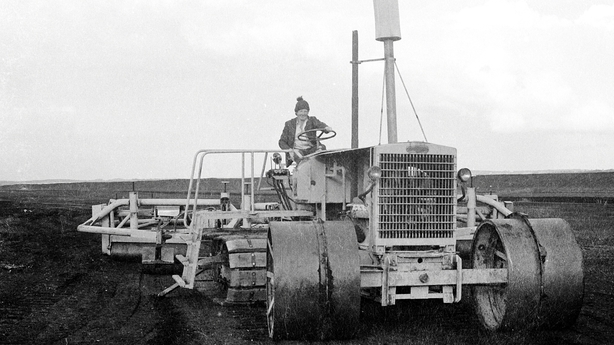
At one stage in their history ESB and Bord na Móna employed over 5,000 workers, but hundreds of staff have now taken voluntary redundancy or have been relocated to alternative ESB job positions or Bord na Móna projects.
David Kearns from Shannonbridge is one of the many employees under the age of 50 who has already left the company and says that the transition has been difficult.
"While Bord na Móna paid exceptional wages to their work force at the peak of production, the company pensions are not as favourable and many people leaving the employment are finding it difficult to make a transition into alternative jobs," he said.
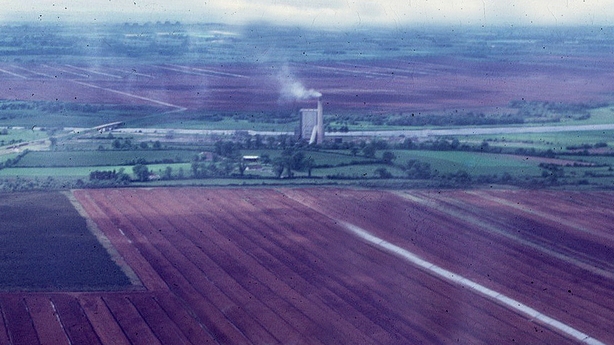
As the chimney stacks at the power station in Shannonbridge come to the end of their production this weekend, former employees at the power station have been looking back with a mixture of disappointment and regret.
Bord na Móna worker director, Philip Casey, said he was also sad that the operation at the power stations were coming to a halt, while Jimmy Spollen from Ferbane worked in both Shannonbridge and Lanesborough power stations over the years but says he is disappointed to see them both closing in the space of ten days.
"I started an apprenticeship in carpentry down at Shannonbridge power station when it was been built in the 1960s'," said Mr Spollen.
"The ESB were a great company to work for but I think there wasn't enough of a fight put up to keep the power stations open for another few years."







